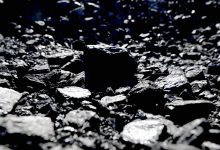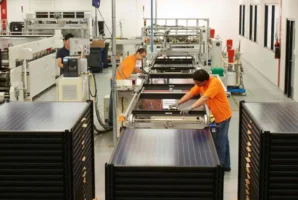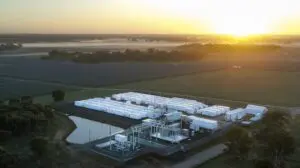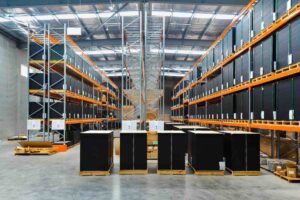An idea to convert underground coal mines into pumped hydro storage facilities is about to be tested in a feasibility study to be conducted at an old coal mine near Newcastle that could lead to a 600MW facility being established there.
The $13.4 million feasibility study and pilot project will be undertaken at the Newstan Colliery owned by Centennial Coal, and is looking to take advantage of the site’s grid connection, proximity to major transmission lines, and the existence of a lower reservoir.
This could help overcome the higher-than-expected costs for pumped hydro that has caused delays, cancellellations, and cost blowouts in a number of proposed pumped hydro storage projects across the country.
Despite a large short-list of projects, a federal government underwriting program has failed to land any funding agreements and only the massive Snowy 2.0 pumped hydro scheme is going ahead, through the government owned Snowy Hydro, despite many concerns about its commercial viability and environmental impacts.
Funding support for the Centennial Coal study is being led by the NSW state government, which is providing $4.16 million through its Emerging Energy Program, which is also supporting battery storage and other projects.
The Newstan Colliery, Fassifern, operated for more than 100 years but has been on care and maintenance since 2014, although the company had been canvassing re-starting operations at the mine to exploit the remaining thermal coal and semi-coking coal reserves.
But if the trial proves successful, it could open the path to use other disused or ageing coal mines as pumped hydro plants.
The idea of using old mines is not new. Genex is looking to use the deep pit of the Kidston gold mine in north Queensland to build a 250MW pumped hydro plant with eight hours storage, and is due to finalising funding for the $700 million project in coming weeks.
Germany, which is phasing out its black and brown coal generation, is also looking at using disused coal plants as giant pumped hydro storage facilities. The first of these could be built at the Prosper-Haniel coal mine in the state of North-Rhine Westphalia, which will be converted into a 200 megawatt pumped-storage facility.
A newly released academic study has also found that under “favorable” conditions, the idea of building underground pumped-storage hydro power plants in old mines “seems both technically feasible and economically reasonable.”
Katie Brassil, Centennial’s head of external relations, said the project represented an “important and tangible step” in evolving Centennial’s business from one solely based on coal, to a diversified energy company.
“This project will explore the potential to utilise our existing assets of land, geographic proximity to infrastructure, gas and underground mining voids to provide large scale energy storage and dispatchable generation in the future,” she said.
NNW Energy and Environment Minister Matt Kean said long-duration storage projects like pumped hydro are a key part of the NSW Government’s recently announced Electricity Infrastructure Roadmap.
“Pumped hydro is not only a great source of cheap, reliable electricity, it is a huge creator of construction jobs and investment for host communities and the broader economy,” Kean said in a statement.
“This project could change the way we rehabilitate retired mine sites – breathing new life into existing infrastructure links and supporting existing workforces and local economies to continue their contribution to our energy mix.”
(See also: Repurposing coal plants with solar and batteries beats decommissioning them).
Kean said the project could create up to 1,000 jobs during the construction phase, as well as ongoing employment opportunities for locals.
The Australian Renewable Energy Agency is contributing $995,000 to the project. “On top of potentially lower construction costs by using the site, there would be future employment opportunities in the construction and operation of a PHES scheme,” CEO Darren Miller said.
Financing pumped hydro projects can be difficult. Origin had looked to expand its Shoalhaven facility in NSW but canned the idea due to unexpectedly high costs. Genex’ plans at Kidston have been delayed by contract and financing negotiations.
ARENA had also committed $45 million to fund the construction of one of three pumped hydro projects in South Australia. The winning project was chosen but not revealed earlier this year. The funding agreement was supposed to have been announced before the end of June but has been delayed without explanation.
One of the contenders, a project led by AGL at a copper mine, was dumped after the partners found a new ore body and decided to mine it instead.
A separate funding proposal, under federal energy minister Angus Taylor’s Underwriting New Generation Investment program, identified three prospective pumped hydro projects in South Australia two years ago, but has also failed to produce an agreement.










